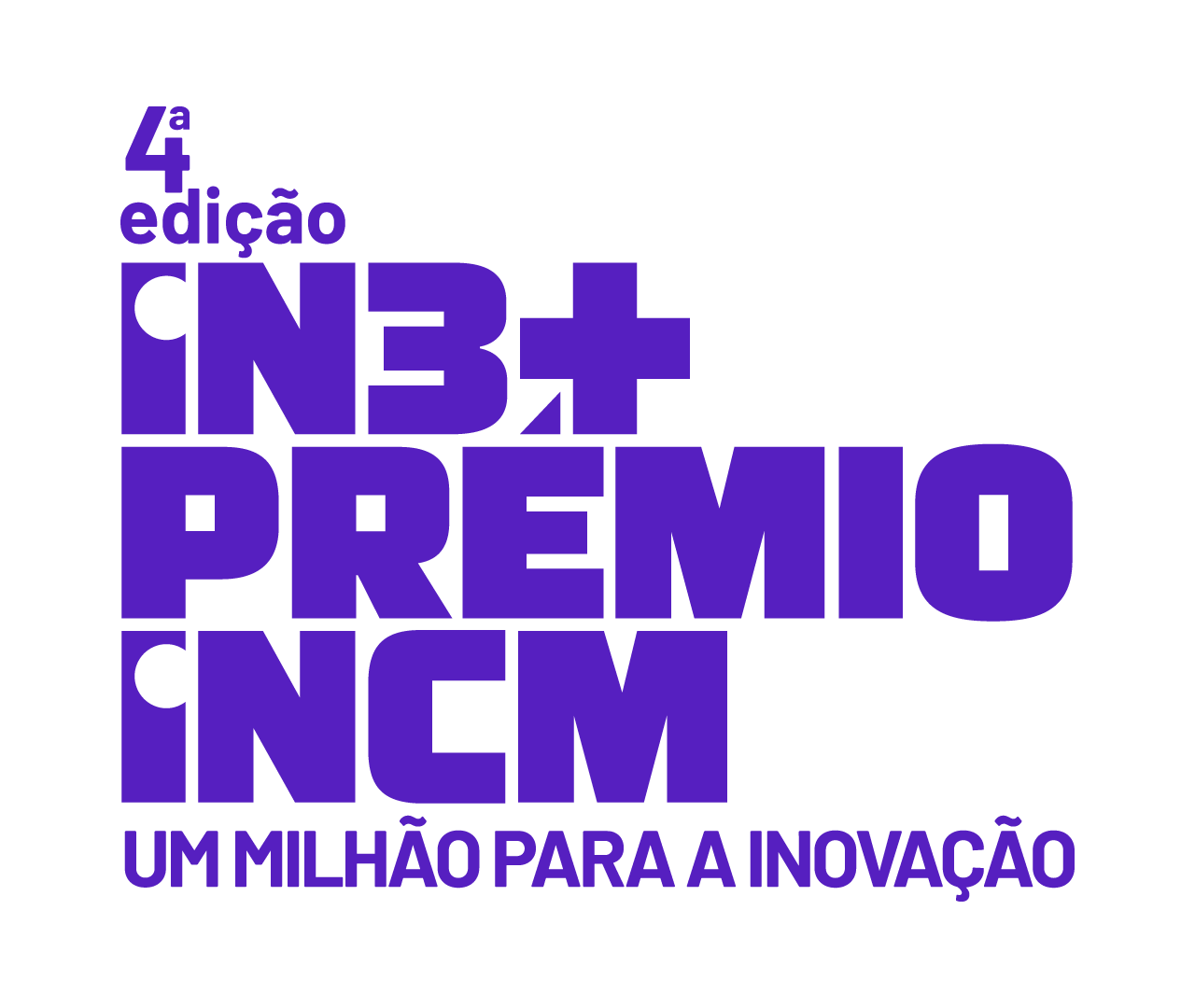Finalist projects for the IN3+
3rd edition award
HIGHLIGHT
The Outstanding Light Interaction of High-index Dielectric Nanoparticles: A Market-attractive Path for Photonic Authentication
This idea proposes the creation of an unprecedented optically variable paint (OVI) based on nanostructures of titanium oxide. This inexpensive, environment friendly, inert and abundant material on Earth is present in our day-to-day life, because many of the surfaces and white pigmented items contain this compound.
The major advantage of the proposed structures has to do with the fact that they are nanoscale particles, composed of a high refractive index material, which allows strong interaction with light at tunable resonance frequencies in the UV-visible range.
It is proposed to create an innovative, low-cost and easily scalable OVI ink, which can be used, for example, when printing security documents and seals, providing the unique possibility of optical variation visible or invisible to the human eye. This technology is expected to be rapidly marketable on the anti-counterfeiting market which is growing globally at an annual rate of 20%.
AICeBlock
Artificial Intelligence Certification through the Blockchain
This idea proposes the development of a blockchain-based platform that allows fostering trust in basic applications in Artificial Intelligence through its certification.
To date, the use of this type of “smart” models in critical areas (such as self-driving, computer-assisted diagnosis, and other emerging technologies) has implications that hinder its adoption. Therefore, the proposed platform is based on the creation of a solid framework, currently lacking or non-existent, which allows model predictions to be interpretable, traceable, and auditable.
Blockchain-based offline payment system
This project proposes a system capable of receiving blockchain-based payments that does not require the receiving system to be connected to a data network to process the transaction, even though maintaining the same level of security and control of systems with continuous network connection. It allows the development of digital payments working offline, resilient payment systems when unable to accede to data networks, or its intermittence, while exploring new applications that can be developed based on concepts of electronic payments and blockchain.
MOBA
Multimodal Ocular Biometric Authentication
This idea aims to develop a framework, based on artificial intelligence, in order to record, extract and merge three types of ocular biometric information, as applied to the authentication of people.
The biometric information to be used is the iris pattern, the retina structure with stochastic patterns generated by blood vessels and the pupillary luminous reflex (related to pupil contraction). This approach is the first known solution that integrates these three biometric variables.
The method is based on smartphones that will be coupled to an external device, already developed by the project team, and that proved capable of acquiring stable images of the human eye, necessary for the correct authentication of persons.
IDINA
Non-Authoritative Inclusive Digital Identity
The idea aims to develop a Non-Authoritative Digital Identity platform that can be implemented and widely used in countries that do not have central state identification systems for all their citizens.
It is therefore intended to develop mechanisms that allow representatives of credible institutions such as schools, health institutions or local authorities, to attest the birth place and experience of citizens on the basis of various events such as vaccination and entry into education. This platform may subsequently integrate or even take the role of authoritative registration.
